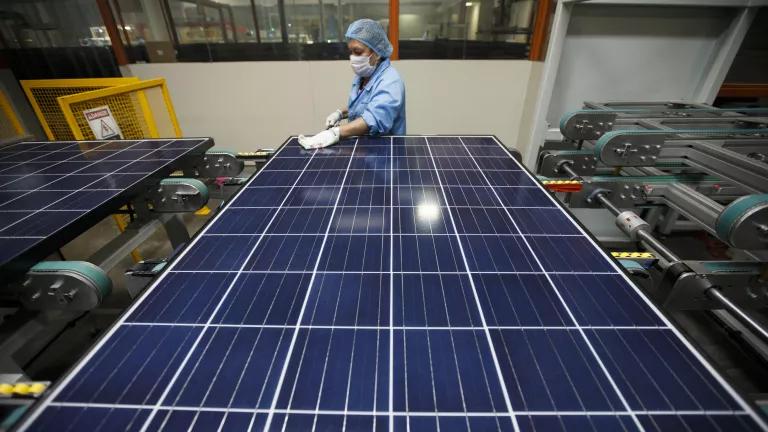I wrote earlier this week about Daimler's push to block European requirements to replace the "super greenhouse gas" HFC-134a now used in car air conditioners, by raising dubious last-minute safety issues with the alternative, HFO-1234yf, which has a 360-fold lower impact on the climate.
Today SAE International (formerly the Society of Automobile Engineers) put a crimp in Daimler's plans by releasing the results of a special panel convened to assess the Daimler data. Here is the SAE statement, in full (the emphasis added is mine):
The SAE International Cooperative Research Project (CRP1234-4) team was recently established to perform an updated engineering review of R-1234yf refrigerant usage in vehicles. The group has been regularly meeting to review and share test information completed since the close of the original CRP1234-3 in 2009. The previous study concluded that R-1234yf is a safe and acceptable alternative refrigerant for mobile air conditioning systems that can be used to meet new environmental and consumer needs.
The new CRP team began by conducting a detailed review of the original Fault Tree Analysis (FTA) and chose to expand the trees to ensure that newly-identified information and testing from each of the OEMs is incorporated. This study has highlighted concerns with relying on one test to be reflective of real world collisions across vehicle applications.
To date, the majority of the OEMs involved in the new CRP do not believe that any of the new information reviewed will lead to a change in the overall risk assessment. Several OEMs have shared test results regarding their vehicles. With the exception of Daimler, no OEM in the CRP has provided information that would suggest a concern for the safe use of R-1234yf in their vehicles.
R-1234yf is approved as an alternative refrigerant by the U.S. EPA and is REACH registered in Europe. Many new vehicles in Europe have received “type approval” to use this refrigerant. It is already in use in vehicles in North America and Europe.
The CRP team continues to hold regular conference calls and face-to-face meetings and expects to be able to provide updated progress reports as new information becomes available. The next report is expected by the middle of February. To insure thoroughness, the OEM team is working quickly but diligently to complete the expanded fault trees and several of the OEM members continue to do testing toward that goal. The new risk assessment and publication of the findings is planned for completion in the second quarter of 2013.
The team includes 13 members: Audi, BMW, Chrysler/Fiat, Daimler, Ford, General Motors, Honda, Hyundai, Jaguar Land Rover, Mazda, PSA, Renault and Toyota.
With this report from SAE, the European Commission is on the strongest possible ground to reject Daimler's last-minute lobbying for further delays in requirements to end the use of HFC-134a in "new type" vehicles, and to use only low-climate impact refrigerants, after the beginning of 2013. The EC must stay the course.



